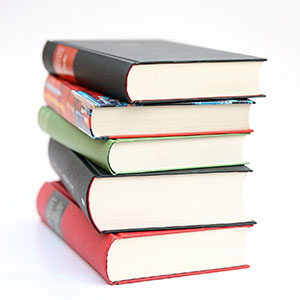
Creating A Mass Communication Dissertation Conclusion
After completing your dissertation’s main body, one of your worries will be about creating a captivating conclusion. This is on top of additional pages such as the table of contents. While you may get some guidelines from your college, in most cases, you will need to use an own judgment. Here is some great advice on how to create a conclusion for a mass communication dissertation.
Sections of the conclusion
A normal practice is usually to include a small section at your thesis’s end that will draw the conclusion. There should be several elements in the conclusion such as:
- A short summary. This should consist of a few paragraphs that detail your key findings. It should relate to your findings.
- The conclusions that you will draw form the research
- The importance of the research to practitioner and researchers
- Recommendations for carrying out future research
- Practitioner’s recommendation.
- A final paragraph that rounds off the thesis.
You do not have to include a very long conclusion and 5 pages are usually enough. Some of the other elements that you need to include in your paper are:
Title page
You will get formal guidelines on the title page’s format from your university’s guidelines and this may need to be submitted in a separate manner for the purpose of blind marking. The general rule of thumb is that the thesis’s title should be included here as well as details such as your name, course, supervisor and the completion date.
Abstract
This consists of a summary of one page for the thesis also termed as the executive summary. Whether to include this section or not will depend on your university and therefore, it is important to check with them.
Table of content
The table of content should include the headings as well as the subheadings.
Table of figures
In case you got a lot of figure in your communication dissertation, then it will be necessary to include this section.
Acknowledgement
You should use this section for thanking:
- Every person who provided you with information and who gave you their time during the research. These include people who returned questionnaires as well as your interviewees
- People who have provided you with financial support or funding for carrying out your research
- People who helped you with the process of writing such as your instructor supervisor, proof-reader, language editor and more, whether you paid them or not.
- Anybody that you are grateful about such as your family or spouse or whoever tolerated your absence such as family members
Appendices
This should only be used to include information that is relevant like the copies of your questionnaires, interview outlines and letters requesting people to provide additional proof or even to participate. Avoid getting tempted to use this section to argue how correct your position is. Anything else should be part of your main body.
Finishing off
The requirement in different universities are different and therefore it is important to check with your university to find out whether the format is in line with the guidelines of the university and whether it conforms that way. Ensure that your paper is put together as a single document and read it as a whole before you can submit it. Find someone to proofread the work and correct any mistakes.
